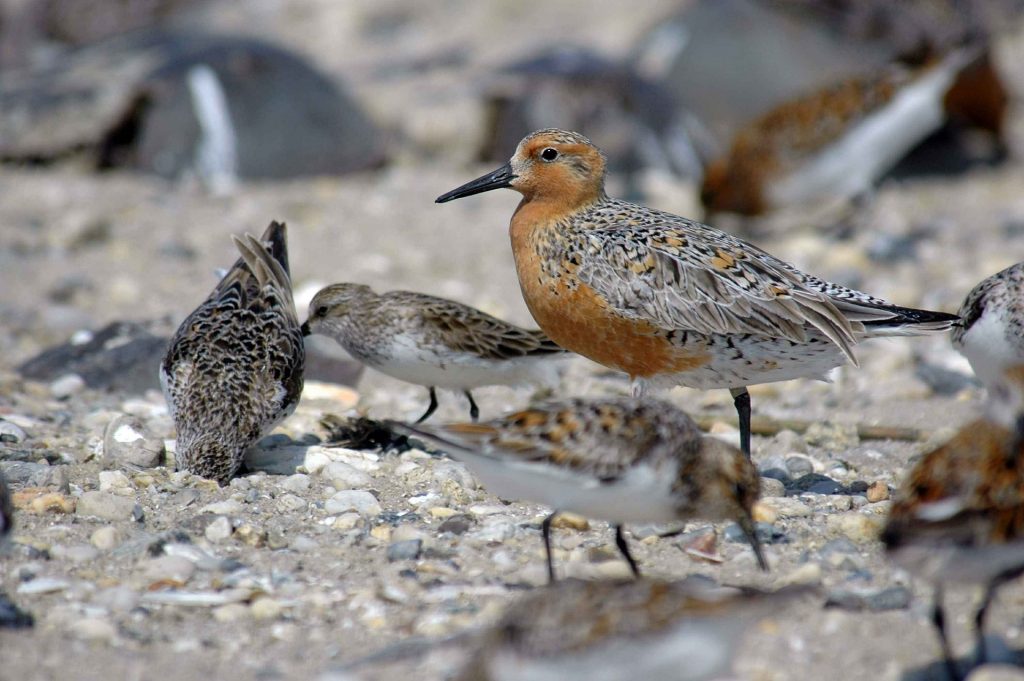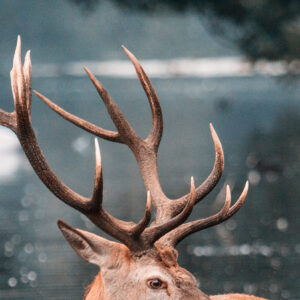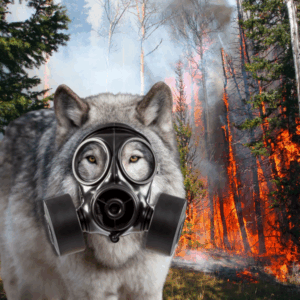Indigenous Action and The Red Knot
The Rufa Red Knot is a subspecies of arctic-breeding shorebird that breed in the central arctic of Canada. It has a long, thin beak for probing sand, silt and mud. Its long legs allow it to navigate the shallow waters of the tidal flats, beaches, rocky headlands and coastal wetlands where it gathers to find safety in numbers from predators. Long wings allow it to travel thousands of kilometres per day during its migratory period. Rufa Red Knots fly over 30,000 kilometers a year, traveling from the central arctic of Canada to the southern tip of Chile. They brood up to four eggs in June for about three weeks, after which the mother starts her migration soon after the eggs hatch, while the father continues to tend its young until they can fly. These unique and vital birds are officially endangered, with only one Red Knot currently living for every ten that were alive 50 years ago.
Red Knots face many challenges when migrating, which have become only more numerous over the years due to humanity’s influence on the environment. Stop-over habitats are especially at risk of being destroyed by industrial and urban development projects that range from city expansion to resorts and to even shrimp farms. Recreational human activities, as well as feral cats and dogs, can often scare away shorebirds from stop over areas, leaving them unable to rest or feed appropriately on their journey south. These difficulties are further complicated by their migration season lining up with tropical storm season.
Working with our Cree partners, Nature Canada has created a comic book and video about the life of the Red Knot. Elder Luci Salt of Chisasibi, a village on the eastern shore of James Bay, is the narrator of the video and also the translator for the Northern Cree version of the comic.
Make sure to check out our short comic illustrating the struggles of being Rufus the Red Knot here!
James Bay Cree Community Involvement with the Red Knot

Communities such as the Moose Cree First Nation (MCFN) on southern James Bay are very interested in conserving Red Knot populations that pass through their homelands on James Bay, with the help of their partners in government, research, and non-governmental groups.
The habitat used by the knots is the same habitat that supports geese that migrate through at a different time. Geese are a staple of the Cree diet. The MCFN are increasingly participating in surveys of shorebirds, including Red Knots. For the knots, many are outfitted with bands on their lets, including a coloured “flag” that, based on the colour, can be used to determine where the bird was captured.
Keeping an eye out for the colored flags of previously banded birds is one way that local people are able to add to the knowledge of this species. Furthermore, to help scientists further track the movements of Red Knots, MCFN has participated in CWS-led efforts to attach nano transmitters to little backpacks on some birds that can be detected by receiver antennae erected around the James Bay and throughout other locations in North, Central and South America. This system is known as Motus, and is a project of Bird Studies Canada that allows for tracking of bird movements in real time. The transmitter’s signal can be detected within about 15 kilometres of a receiving station.
The Moose Cree First Nation is pursuing nomination of the coastal area of James Bay within their homelands as a WHSRN (Western Hemisphere Shorebird Reserve Network) site. A WHSRN is a conservation strategy created in the 1980s aimed at preserving nesting, breeding, and staging habitats. Establishing a WHSRN in James Bay would be a great achievement for the Cree, and the shorebird conservation community, who have recognized the importance of this area for shorebirds for decades. Nature Canada has been supporting MCFN efforts with the nomination, and continues to do so, through the support of the Commission on Environmental Cooperation.
Learn more about what the Moose Cree First Nation are doing for Shorebird populations here:




